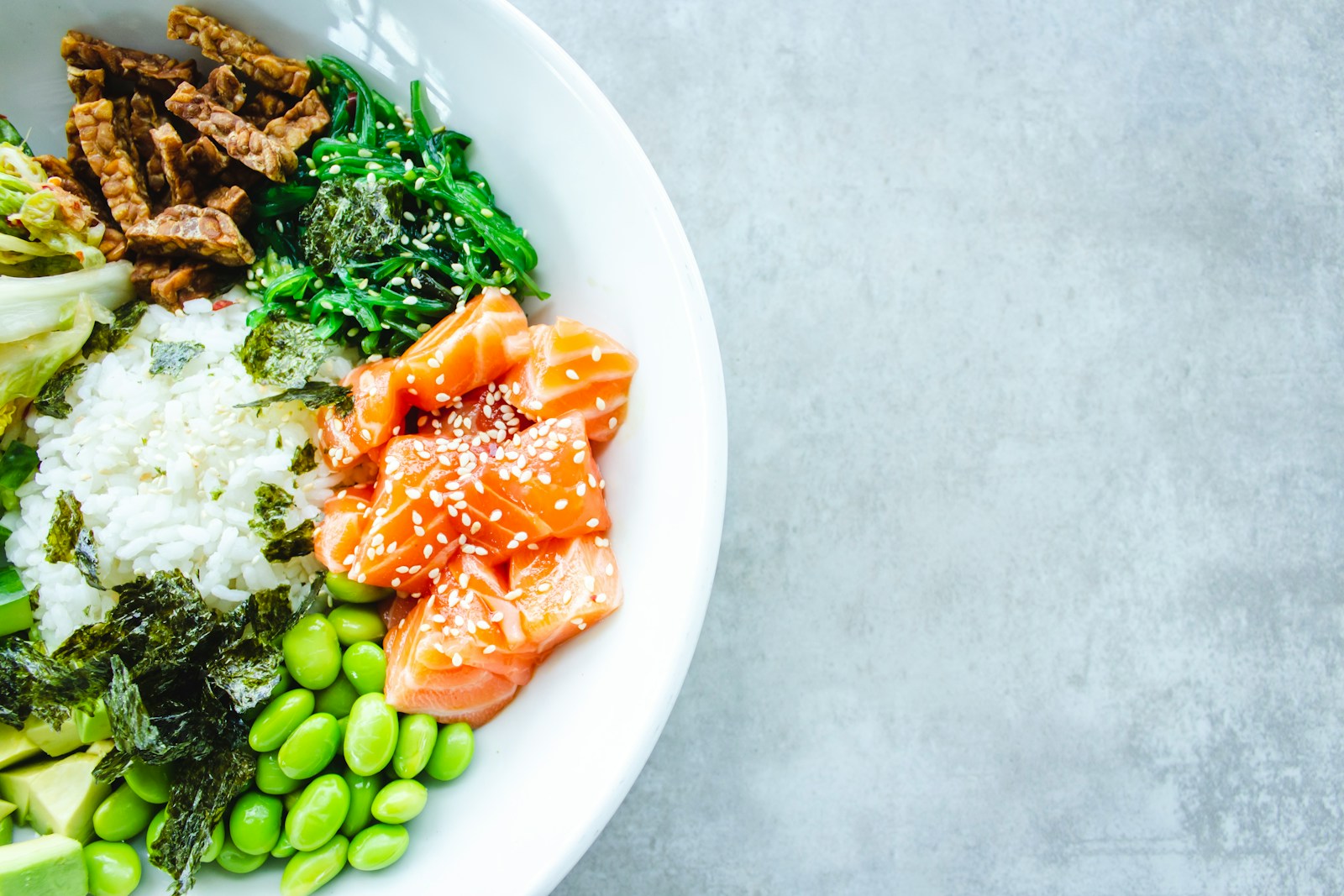Indubitably, eating well on a budget is a challenge many of us face. However, with the right knowledge and approach, it is possible to maintain a healthy diet without breaking the bank. In this informative blog post, we will provide you with affordable tips for healthy eating, so you can nourish your body while staying within your budget. We’ll discuss the most important factors to consider when grocery shopping, share dangerous pitfalls to avoid, and provide you with practical strategies to make healthy eating affordable for you and your family.
Table of Contents
Understanding the Basics of Healthy Eating
Your journey to eating well on a budget starts with understanding the basics of healthy eating. By mastering foundational principles, you can make informed choices and prioritize your well-being while saving money.
Nutritional Fundamentals
Any nutritious diet should include a balance of essential nutrients, such as carbohydrates, proteins, fats, vitamins, and minerals. These nutrients are crucial for maintaining overall health and well-being, supporting bodily functions, and preventing chronic diseases. Aim to incorporate a variety of whole foods in your diet to ensure you’re getting a wide range of nutrients.
The Importance of Balanced Meals
Meals should be well-balanced to provide your body with the necessary fuel to function optimally. Each meal should contain a combination of carbohydrates, proteins, and fats, along with a variety of fruits and vegetables. Consuming balanced meals not only supports your physical health but also helps regulate your energy levels throughout the day.
Nutritional balance in your meals is essential for maintaining a healthy weight, supporting digestion, and promoting overall wellness. By prioritizing balanced meals, you can optimize your nutrition without breaking the bank.
Planning Your Budget-Friendly Healthy Diet
Obviously, one of the keys to eating well on a budget is careful planning. By setting up your budget, employing smart shopping strategies, and incorporating meal planning and preparation into your routine, you can enjoy a healthy diet without breaking the bank.
Setting Up Your Budget
To start eating well on a budget, it’s important to set up a realistic budget for your grocery expenses. Take a look at your current spending habits and identify areas where you can cut back. Be sure to allocate a portion of your budget for fresh produce, lean proteins, and whole grains, as these are the foundation of a healthy diet.
Shopping Strategies for Saving Money
The key to saving money on groceries is to plan your shopping trips and stick to your list. The best way to do this is by stocking up on non-perishable items when they’re on sale and buying in bulk. Plus, make use of coupons, loyalty programs, and cashback apps to save even more on your grocery bill. By shopping strategically, you can stretch your budget and still fill your cart with nutritious foods.
Plus, consider buying generic or store-brand products, as they are often more affordable than name brands while offering the same nutritional value.
Meal Planning and Preparation
Saving time and money on meals is easy when you plan ahead and prepare in bulk. Set aside time each week to plan your meals, create a shopping list, and prep ingredients ahead of time. This will not only save you from impulse purchases, but also cut down on food waste and the temptation to dine out.
For instance, you can cook large portions of soups, stews, or casseroles and freeze individual servings for future meals. This will save you money on groceries and provide quick, healthy options when you’re short on time. By incorporating these strategies into your routine, you can enjoy the benefits of a well-planned, budget-friendly healthy diet.
Cost-Efficient Healthy Foods
For many people, the idea of eating healthy on a budget may seem daunting, but with proper planning and smart shopping, it is entirely achievable. By making strategic choices and prioritizing nutrient-dense foods, you can nourish your body without breaking the bank. Here are some cost-efficient healthy food tips to help you eat well without overspending.
Staple Foods for a Balanced Diet
Any cost-conscious shopper should prioritize staple foods for a balanced diet. Items like brown rice, quinoa, oats, whole grain pasta, and canned beans are not only affordable but also packed with nutrients like fiber, protein, and essential vitamins and minerals. These pantry essentials can serve as the foundation for a variety of healthy and inexpensive meals, offering versatility and nutritional value.
Seasonal and Local Produce Buying Guide
Healthy eating on a budget means making the most of seasonal and local produce. Aiming to buy fruits and vegetables that are in season can save money while ensuring freshness and optimal flavor. Whether you visit a local farmers’ market or take advantage of seasonal sales at the grocery store, focusing on seasonal and local produce can help you access nutrient-dense foods without breaking the bank.
Diet can greatly benefit from incorporating a variety of seasonal and local produce, such as leafy greens, root vegetables, and fresh berries, which are not only nutrient-rich but also budget-friendly options. By prioritizing these seasonal and local choices, you can maximize the health of your diet while minimizing the impact on your wallet.
Creative Cooking on a Budget
To eat well on a budget does not mean sacrificing flavor or nutrition. Creative Cooking on a Budget involves finding innovative ways to prepare nutritious meals without breaking the bank. By incorporating affordable ingredients, utilizing leftovers, and minimizing food waste, you can enjoy delicious and healthy meals while staying within your budget.
Easy and Affordable Healthy Recipes
The key to Easy and Affordable Healthy Recipes lies in simple, yet flavorful dishes that can be prepared with budget-friendly ingredients. One-pot meals, such as vegetable stir-fries or bean-based soups, are cost-effective and require minimal cleanup. Utilizing canned or frozen fruits and vegetables can also help reduce costs while still providing essential nutrients. Additionally, incorporating whole grains, such as brown rice or quinoa, can add nutritional value to meals without breaking the budget.
Reducing Food Waste at Home
Recipes plays a crucial role in Reducing Food Waste at Home. By planning meals, utilizing leftovers, and properly storing perishable items, you can minimize the amount of food that goes to waste. Additionally, getting creative with food scraps, such as using vegetable peels in homemade broth or repurposing stale bread into croutons, can help stretch your food budget further while reducing your environmental impact. Embracing the ‘nose-to-tail’ and ‘root-to-stem’ cooking approaches can also help maximize the use of ingredients.
A strategic approach to meal planning and preparation, along with a willingness to get creative with ingredients, can significantly reduce food waste at home. By incorporating practices such as utilizing leftovers, repurposing food scraps, and embracing whole-ingredient cooking, you can maximize your budget and contribute to sustainability in the kitchen.
Conclusion
The key to eating well on a budget is to make smart choices and prioritize your health. By planning meals, buying in bulk, and opting for nutrient-dense foods, you can ensure that you are getting the most out of your budget while still maintaining a healthy diet. It’s important to remember that healthy eating doesn’t have to break the bank and with these affordable tips, you can make nutritious choices that benefit both your body and your wallet.




